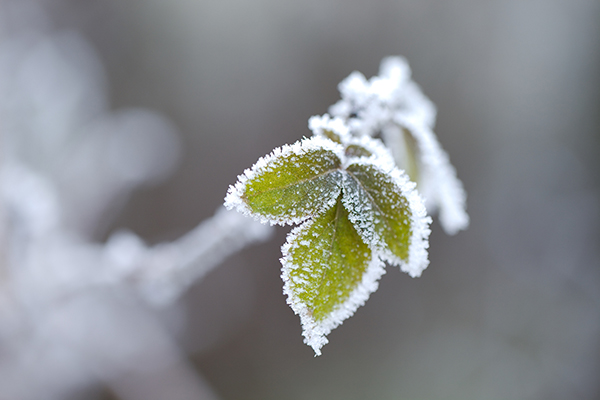If you’re an enthusiastic gardener who dreads the thought of growing season coming to an end, don’t despair. With a little ingenuity and flexibility, you can often continue to grow plants during the winter. In some climates, you may be able to continue gardening outdoors with some different plant types, and in other regions, you may have to get creative about cultivating plants indoors. Here are some ideas to keep you cultivating in cold weather:

- Plant a kitchen window herb garden. If your kitchen window provides adequate sunlight, try planting pots of fresh herbs and setting them on the window sill. Alternatively, there are window garden inserts that you can install. Choose herb varieties that you frequently use in cooking, such as parsley, oregano, chives, basil, thyme, and rosemary. The herbs will add pretty greenery and fragrance to your kitchen, and you’ll save money on purchasing fresh herbs at the market.
- Indoor plant lights, sometimes known as grow lights, can serve as a replacement for sunlight and enable the cultivation of plants indoors and through the winter season. There are different types of grow light bulbs to choose from, including incandescent, fluorescent, and LED.
RELATED: 5 Ways To Spice Up Your Garden
- In some climates, the simple installation of a windbreak can help protect your outdoor garden from cold temperatures and extend the growing season. A windbreak can be a fence, brick wall, dense shrubbery, or trees. When planning your windbreak, make sure it doesn’t block too much sunlight from your plants.
- Adding extra mulch to the base of plants can also help you prolong the growing time for some types. Mulch can help hold moisture around plant roots as well as protect the plant base from cold temperatures.
RELATED: 12 Tips On Preparing Your Garden For Cooling Temperatures
- Look into constructing a greenhouse to protect plants and crops from cold weather. With a greenhouse, you can grow certain plants and flowers year-round. In addition to traditional, detached greenhouses, you can choose from lean-to models, portable greenhouses, and DIY greenhouse kits sold at many home and garden stores, as well as online. If you don’t want to commit to a full greenhouse, consider covering your garden with a polytunnel. A frame covered with a plastic-type of sheeting, polytunnels help absorb the sun and warmth and protect plants from cold temperatures and frost.
- Depending on your USDA Hardiness Region, you may be able to continue to grow or overwinter some types of plants during cold weather months. Some garden plants that can weather the winter in certain regions include cabbage, garlic, beets, carrots, kale, peas, and onions.
Remember, whether plants are growing indoors or outside, they need water in the winter, too. Due to colder temperatures, most plants don’t need as much water as they do in warmer months but still require adequate moisture even if they’re dormant. Check the plants’ base frequently to see if they are drying out and watch plants for other signs of thirst. Plant moisture gauges available at garden and home stores can help you ensure that winter plants are getting sufficient water.